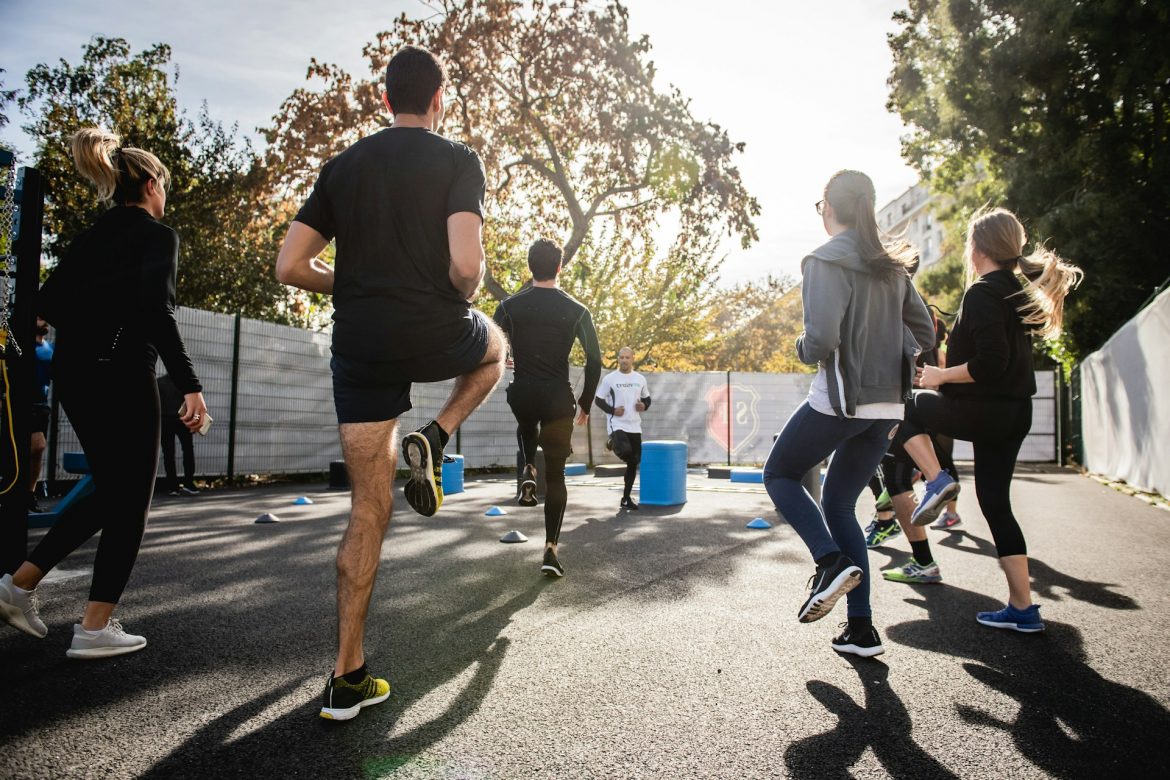In the digital age, the fitness industry has experienced a transformative shift, moving beyond traditional gym memberships and personal training sessions to embrace a world where technology meets personal wellness. The digital fitness revolution, marked by the rise of fitness apps, wearable technology, and online workout platforms, has made fitness more accessible, personalized, and engaging than ever before. This blog explores the facets of this digital transformation, its impact on our fitness routines, and how it’s shaping the future of personal wellness.
The Rise of Fitness Apps
Fitness apps have become central to the digital fitness revolution. Apps like MyFitnessPal, Nike Training Club, and Strava have changed the game by providing users with personalized workout plans, nutritional tracking, and social connectivity to keep them motivated. MyFitnessPal, for example, allows users to track their diet and exercise, offering insights into their caloric intake and expenditure, while Nike Training Club provides a wide range of workout routines designed by professional trainers for various fitness levels.
Wearable Technology: Your Fitness Companion
Wearable technology has played a pivotal role in personalizing and enhancing the fitness journey. Devices like the Fitbit, Apple Watch, and Garmin wearables not only track your physical activity, heart rate, and sleep patterns but also integrate with fitness apps to give you a comprehensive overview of your health and fitness progress. These devices have become indispensable fitness companions, offering real-time data and insights to help users optimize their workouts and health routines.
Online Workout Platforms: The Virtual Gym Experience
The advent of online workout platforms has brought the gym experience into the comfort of our homes. Platforms like Peloton, Mirror, and Tonal have revolutionized home workouts by offering live and on-demand fitness classes across various disciplines, from cycling and strength training to yoga and pilates. Peloton, renowned for its interactive exercise bikes and treadmills, provides an immersive workout experience with live classes and a vibrant online community, making fitness more engaging and social.
The Impact of Digital Fitness on Traditional Workouts
The digital fitness revolution has redefined traditional workout routines, offering unparalleled flexibility and convenience. With the ability to access a wide range of workouts anytime, anywhere, users are no longer constrained by gym hours or location. This flexibility has made it easier for people to incorporate fitness into their busy lifestyles, leading to more consistent and sustainable fitness habits.
Furthermore, the personalization afforded by digital fitness platforms means that workouts can be tailored to individual needs, preferences, and fitness levels, making fitness more inclusive and effective. This personalized approach has also contributed to a more holistic view of fitness, emphasizing overall wellness, including mental health and nutrition, alongside physical activity.
Challenges and Considerations
While the digital fitness revolution offers numerous benefits, it also presents challenges. The abundance of digital fitness options can be overwhelming, making it difficult for users to choose the right platform or app. Moreover, the lack of personalized guidance and supervision in a digital setting may lead to incorrect exercise form and potential injury for some users.
Additionally, the digital divide may limit access to these technologies for certain populations, particularly those in underserved communities or older adults who may not be as tech-savvy. Addressing these challenges will be crucial in ensuring that the benefits of digital fitness are accessible to all.
The Future of Digital Fitness
The future of digital fitness looks promising, with ongoing innovations poised to further enhance and personalize the fitness experience. Emerging technologies like virtual reality (VR) and augmented reality (AR) are set to redefine immersive workouts, offering even more engaging and interactive fitness experiences. For example, VR fitness games combine physical activity with gaming, making workouts fun and appealing to a broader audience.
Moreover, the integration of artificial intelligence (AI) in fitness apps and wearables will enable even more personalized and adaptive fitness recommendations, optimizing workouts based on real-time data and user progress. As technology continues to evolve, we can expect the digital fitness landscape to become more integrated, interactive, and personalized, shaping a new era of personal wellness.
Conclusion
The digital fitness revolution has transformed the way we approach personal wellness, making fitness more accessible, personalized, and engaging. As we navigate this digital landscape, the key to success will be finding the right balance between digital and traditional fitness practices, ensuring that we leverage the best of both worlds to achieve our health and fitness goals. With ongoing innovations and a growing emphasis on holistic wellness, the future of fitness is not just digital but also more inclusive, adaptive, and holistic, promising a healthier and more active society.

